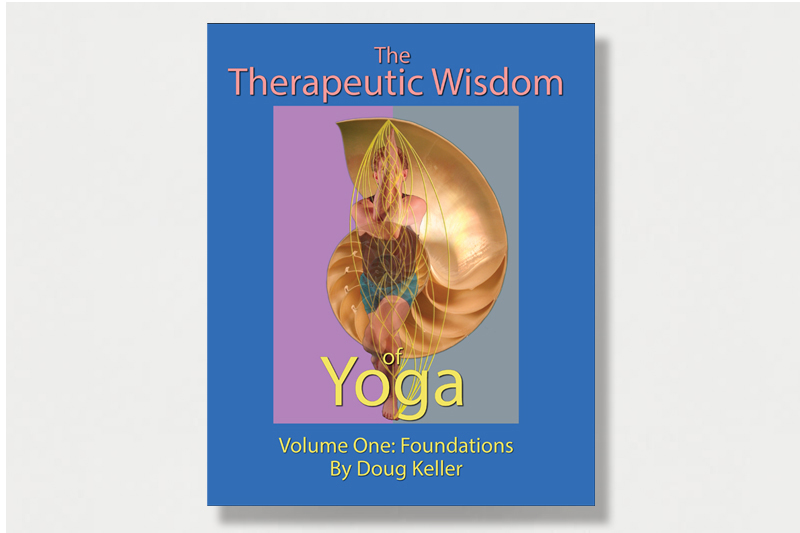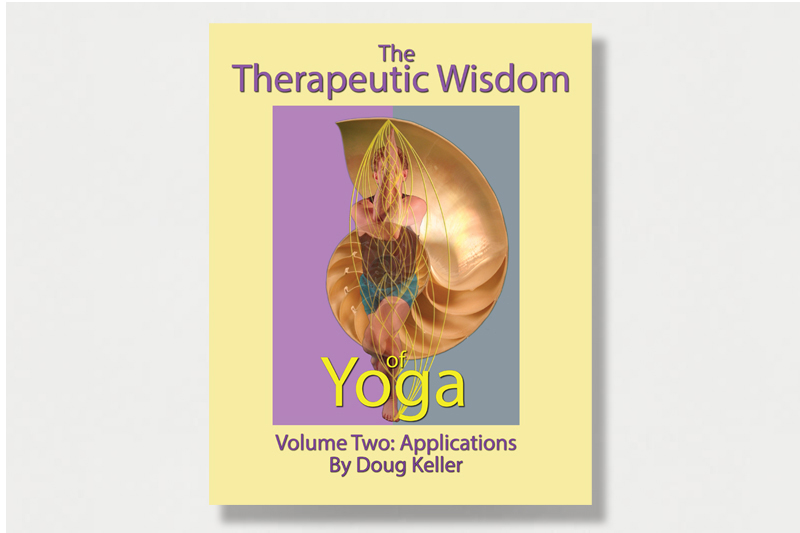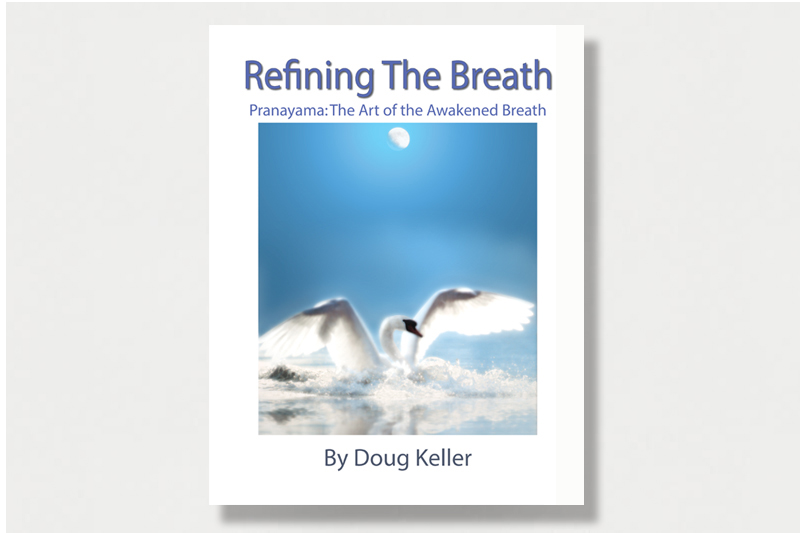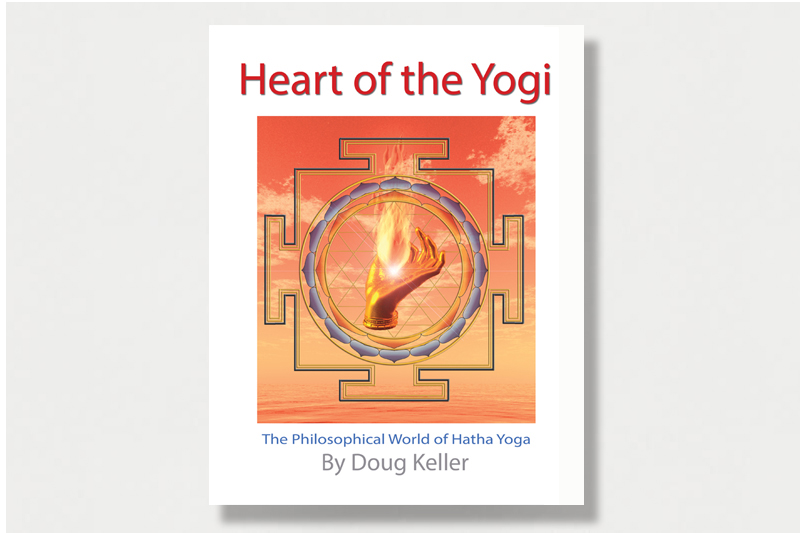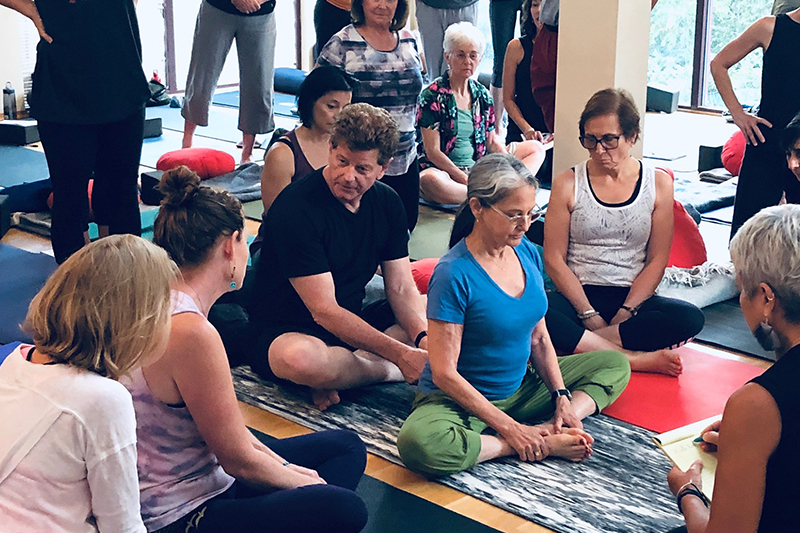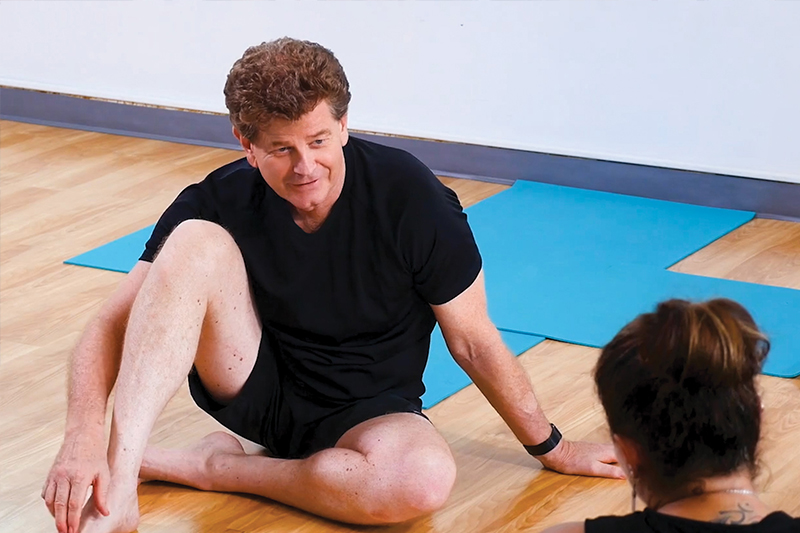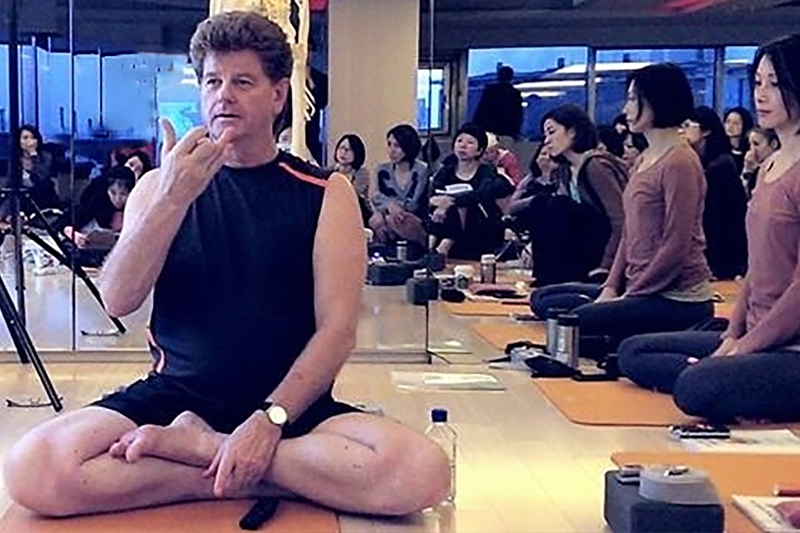Learning
I came to teach hatha yoga by way of the yoga of meditation and years of academic study of philosophy, both eastern and western.
In my studies of philosophy at the School of Foreign Service at Georgetown and in my graduate work at Fordham University, I gravitated toward the senior Jesuit scholars whose excellence, open-minded intellectual zeal, spiritual fervor and personal integrity inspired me to dig deeply into my own studies, particularly of the classical philosophers and Christian mystics, and treat them as a personal journey of discovery.
As I completed my coursework for my PhD and taught at several colleges, I was increasingly aware that I was looking for more than philosophical ideas and systems -- I was looking for the experience itself that the mystics were talking about.
Midway through my studies at Fordham, I met the meditation master Swami Muktananda during his last tour of the west, and he gave me the connection, the practice, the awakening and the understanding I was seeking.
With that, it was up to me to step through the door he had opened, not through concepts and theories, but through yoga. The next couple of years combined disciplined academic study with a deepening experiential practice.
I halted my academic career just short of writing my thesis, and went to India in 1986 to practice yoga at his ashram and to offer my service.
I spent a total of 7 years in the Ganeshpuri ashram, Gurudev Siddha Peeth, and 14 years of service overall in Siddha Yoga ashrams in the US and abroad, studying and practicing yoga, working in the kitchen and gardens, and teaching hatha yoga.
It was during my time in Ganeshpuri that I met John Friend while he was yet an Iyengar teacher who had come to study in Pune. We struck up a friendship and I was able to practice with him when I came back to the states, study further with him, and assist in his classes, workshops and trainings for the next few years.
This opportunity came to be combined with opportunities to train with other teachers as well, broadening my experience and understanding of the roots of Modern Hatha Yoga practice — its different styles as well as its common roots.
As I completed my coursework for my PhD and taught at several colleges, I was increasingly aware that I was looking for more than philosophical ideas and systems -- I was looking for the experience itself that the mystics were talking about.
Midway through my studies at Fordham, I met the meditation master Swami Muktananda during his last tour of the west, and he gave me the connection, the practice, the awakening and the understanding I was seeking.
With that, it was up to me to step through the door he had opened, not through concepts and theories, but through yoga. The next couple of years combined disciplined academic study with a deepening experiential practice.
I halted my academic career just short of writing my thesis, and went to India in 1986 to practice yoga at his ashram and to offer my service.
I spent a total of 7 years in the Ganeshpuri ashram, Gurudev Siddha Peeth, and 14 years of service overall in Siddha Yoga ashrams in the US and abroad, studying and practicing yoga, working in the kitchen and gardens, and teaching hatha yoga.
It was during my time in Ganeshpuri that I met John Friend while he was yet an Iyengar teacher who had come to study in Pune. We struck up a friendship and I was able to practice with him when I came back to the states, study further with him, and assist in his classes, workshops and trainings for the next few years.
This opportunity came to be combined with opportunities to train with other teachers as well, broadening my experience and understanding of the roots of Modern Hatha Yoga practice — its different styles as well as its common roots.
With that, it was up to me to step through the door he had opened, not through concepts and theories, but through yoga. The next couple of years combined disciplined academic study with a deepening experiential practice.
I halted my academic career just short of writing my thesis, and went to India in 1986 to practice yoga at his ashram and to offer my service.
I spent a total of 7 years in the Ganeshpuri ashram, Gurudev Siddha Peeth, and 14 years of service overall in Siddha Yoga ashrams in the US and abroad, studying and practicing yoga, working in the kitchen and gardens, and teaching hatha yoga.
It was during my time in Ganeshpuri that I met John Friend while he was yet an Iyengar teacher who had come to study in Pune. We struck up a friendship and I was able to practice with him when I came back to the states, study further with him, and assist in his classes, workshops and trainings for the next few years.
This opportunity came to be combined with opportunities to train with other teachers as well, broadening my experience and understanding of the roots of Modern Hatha Yoga practice — its different styles as well as its common roots.
It was during my time in Ganeshpuri that I met John Friend while he was yet an Iyengar teacher who had come to study in Pune. We struck up a friendship and I was able to practice with him when I came back to the states, study further with him, and assist in his classes, workshops and trainings for the next few years.
This opportunity came to be combined with opportunities to train with other teachers as well, broadening my experience and understanding of the roots of Modern Hatha Yoga practice — its different styles as well as its common roots.
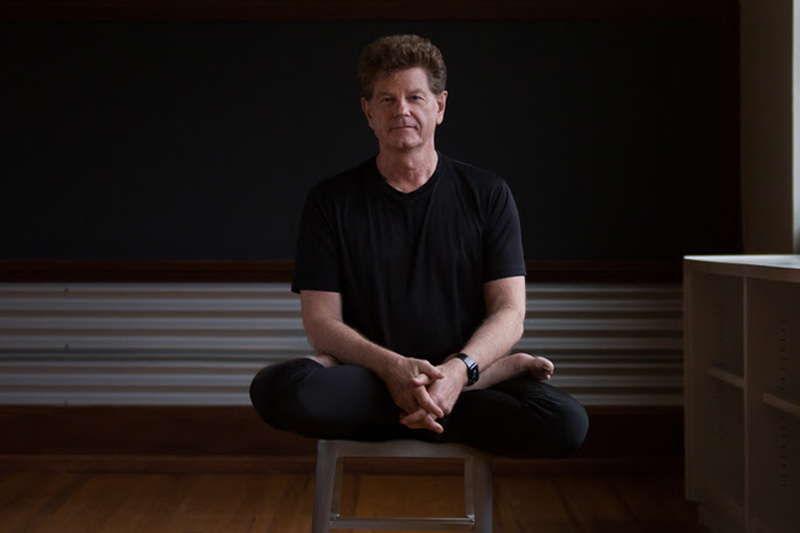
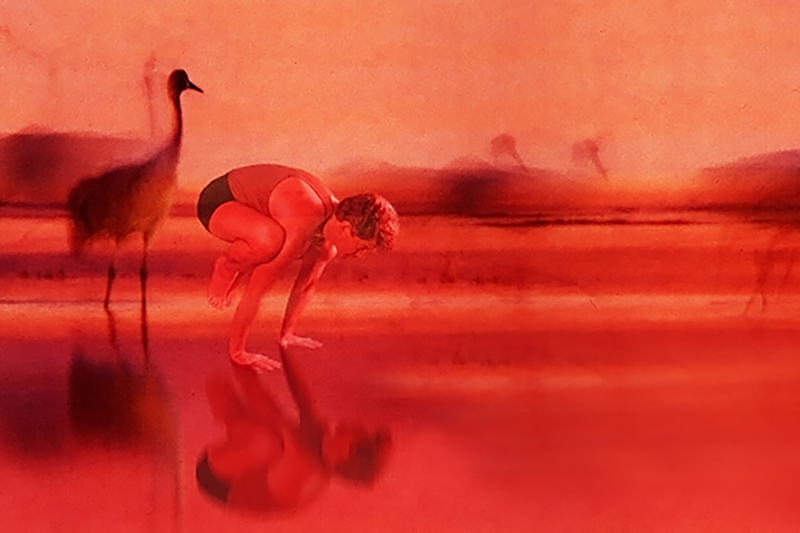
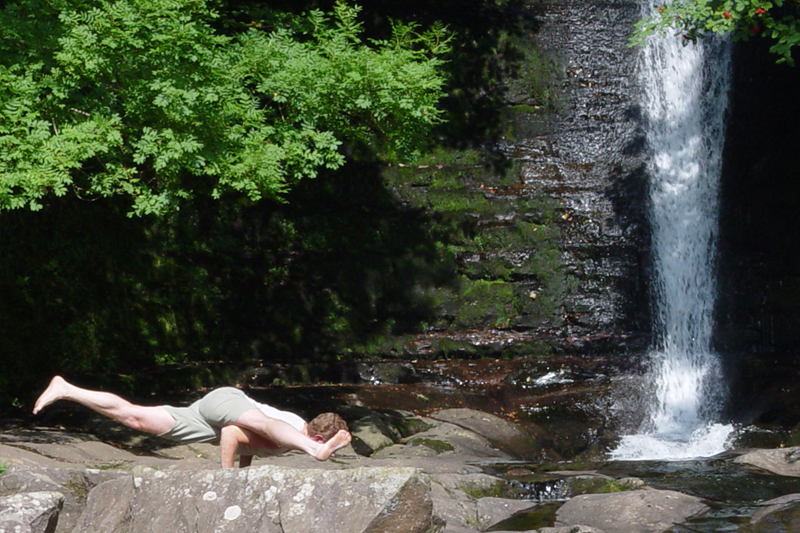

Yoga
The time of my growth in the practice of hatha yoga was divided between individual practice at the ashram in India, and opportunities to study with teachers and expand during time spent at the ashram in New York state. There I was able to study with other teachers and in a number of styles — but principally with Kevin Gardiner, who is a certified senior level Iyengar teacher.
Kevin was the most influential to me in my growth, because of his deep insight into anatomy and physiology, his facility with precise instruction and demonstration, and the integrity with which he stays true to his chosen tradition, exploring its depth while exercising his own very individual and discriminating intellect, manifesting the heart of a yogi in his practice and teaching.
Yet because my own path was more closely tied to Siddha Yoga at the time, I was more deeply involved in the development of the Anusara system.
John Friend shared with me the evolution of his thinking based principally upon the alignment teachings of the Iyengar system, and his synthesis of those teachings eventually manifested as the Anusara style of yoga he founded in 1997.
I was one of the first teachers certified as an Anusara teacher by John Friend, and taught in the Anusara style for over 7 years.
At his suggestion, early on I wrote Anusara Yoga: Hatha Yoga in the Anusara Style and continued to develop that book until Mr. Friend chose to consolidate his authority over the system and discouraged its further use among teachers seeking certification in his style.
Despite his own change of heart toward the book, it remains helpful to people who wish to continue to practice according to the principles of Anusara — and for that reason I continue to offer the book as a free download, which is available to you in the bookstore.
As part of Mr. Friend's process of consolidation I was forced to give up my certification in that style. This freed me to further deepen my study and understanding of the health-oriented wisdom of yoga as well as well as explore the yoga tradition as a whole outside of the confines of the Anusara system.
Yet because my own path was more closely tied to Siddha Yoga at the time, I was more deeply involved in the development of the Anusara system.
John Friend shared with me the evolution of his thinking based principally upon the alignment teachings of the Iyengar system, and his synthesis of those teachings eventually manifested as the Anusara style of yoga he founded in 1997.
I was one of the first teachers certified as an Anusara teacher by John Friend, and taught in the Anusara style for over 7 years.
At his suggestion, early on I wrote Anusara Yoga: Hatha Yoga in the Anusara Style and continued to develop that book until Mr. Friend chose to consolidate his authority over the system and discouraged its further use among teachers seeking certification in his style.
Despite his own change of heart toward the book, it remains helpful to people who wish to continue to practice according to the principles of Anusara — and for that reason I continue to offer the book as a free download, which is available to you in the bookstore.
As part of Mr. Friend's process of consolidation I was forced to give up my certification in that style. This freed me to further deepen my study and understanding of the health-oriented wisdom of yoga as well as well as explore the yoga tradition as a whole outside of the confines of the Anusara system.
Despite his own change of heart toward the book, it remains helpful to people who wish to continue to practice according to the principles of Anusara — and for that reason I continue to offer the book as a free download, which is available to you in the bookstore.
As part of Mr. Friend's process of consolidation I was forced to give up my certification in that style. This freed me to further deepen my study and understanding of the health-oriented wisdom of yoga as well as well as explore the yoga tradition as a whole outside of the confines of the Anusara system.
